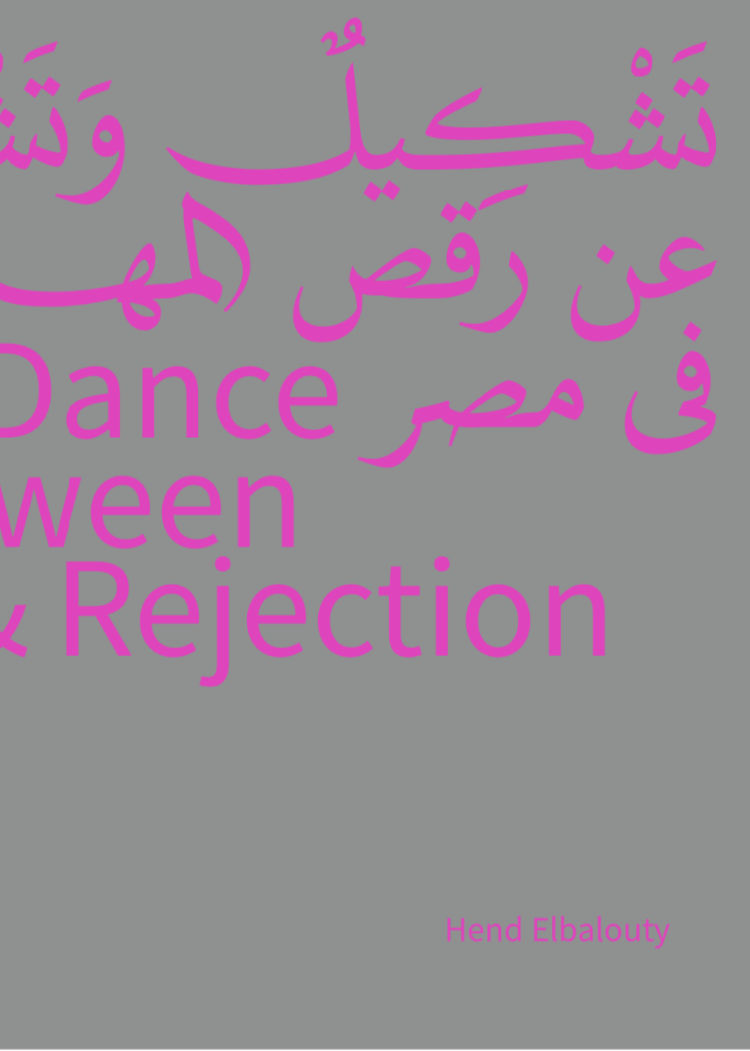
The practice of Dramaturgy - Working on Actions in Performance
Konstantina Georgelou, Efrosini Protopapa, Dane Theodoridou
There is a growing interest in the notion and practice of dramaturgy, which is often discussed either as the work of the dramaturge or as the compositional, cohesive, or sense-making aspects of a performance. Drawing on such views, this book addresses the subject as a shared, politicized, and catalytic practice that sets actions into motion in a more speculative way. In its first part, three working principles are discussed that form the heart of this proposition, relating to debates on action, work, and post-Fordist labour. The second part opens up to artistic, social, and political perspectives that may emerge from such an understanding of dramaturgy through contributions by guest authors.
240 p, ills bw, 14 x 21 cm, pb, English
Language: English





